https://www.youtube.com/watch?v=_rRa_CedJ38
Incorrectly Wired Outlet Found In Newly Built Home
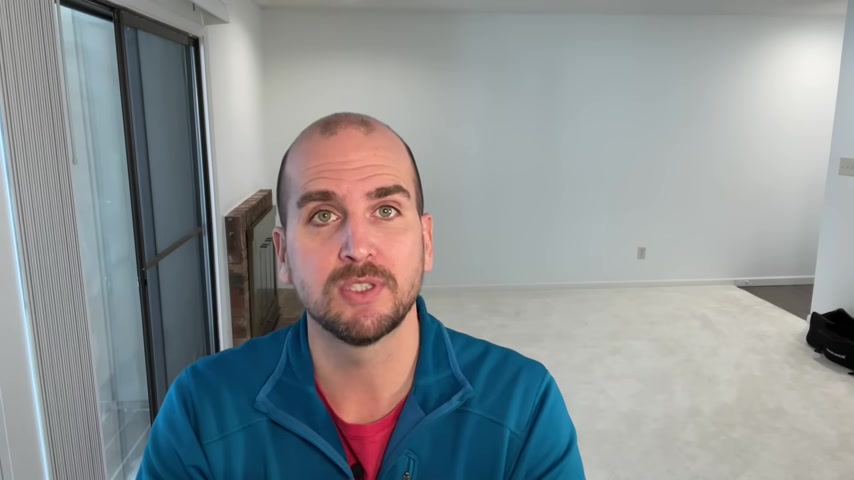
How's it going ?
You guys , it's Scott with everyday home repairs .
And I want to run you through three mistakes that I ran across when swapping out a receptacle at a friend's house this past weekend .
So I was over there and they said , hey , in the basement and we have a receptacle that has failed .
Can you take a look at it ?
Went down there and it was kind of the classic scenario .
It was a 15 , a receptacle , 50 cent uh super cheap residential grade .
It had was common to have a vacuum plugged in .
So high frequency of plugging in and unplugging and also a pretty heavy load from the vacuum and space .
He had a space heater plugged into it .
So that receptacle actually failed .
I didn't save it .
I should have saved it .
But when I went to rewire a new commercial grade receptacle , three things popped out .
So what I did is I took the same type 50 cent residential grade receptacle .
I wired it the same way it was wired and I'm gonna run you through .
The three things that were mistakes are against .
Best practice .
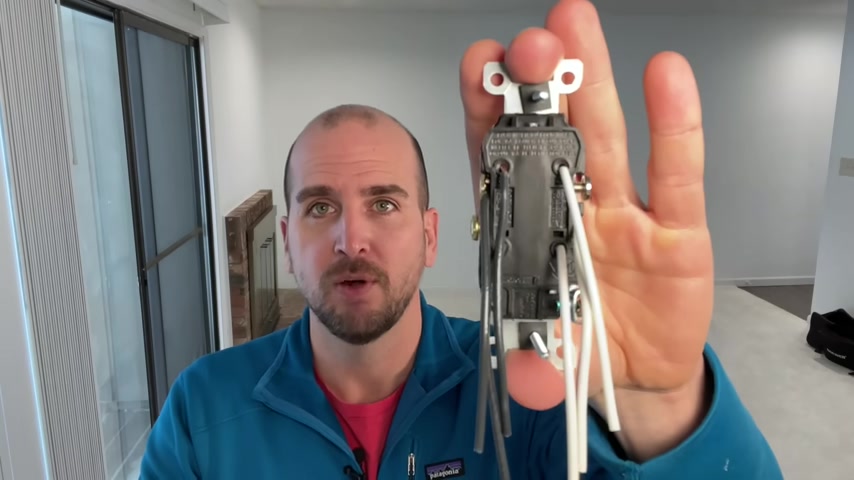
So let's start with number one now .
Number one is something that I did for years and didn't really pay much attention to .
But when you look at the side profile of this receptacle , you see these unused screw terminals .
So on our neutral side and on the hot side .
So the problem with that is any unused screw terminal should be tightened down securely .
And why is that ?
Because you can see the profile of the housing , the leading part that would connect is the actual terminal , the hot terminal that's not ideal , especially if you have metal boxes or any other wires or anything that I could contact .
So what you do is you just tighten down those , any unused , tighten down any unused screws on both the hot and neutral side just as best practice .
So when you do that , the nice thing is if we look at that profile again , now we have our housing , our housing is that leading edge .

Now your screw terminal that has a wire underneath it that has the shepherd hook underneath it , that's still gonna be probably flush with your housing , but this is much better than having those screw terminals kind of dangling out there .
So that's number one , tighten down any unused screw terminals .
Now , number two is similar to a topic that I discussed in a video I did over a year ago and that link is right here .
If you're just starting off and getting into electrical work , you want to swap out a few light switches at your house or maybe a few receptacles , install one with USB .
This is a good place to start .
It'll run you through more basics and it talks about the same mistake or same issue that many professionals try to steer clear of .
And if you can guess that is using these pushin connectors , so you can only put for , you're only supposed to put 14 gauge wire into that .
But these are notorious for being a common failure point .
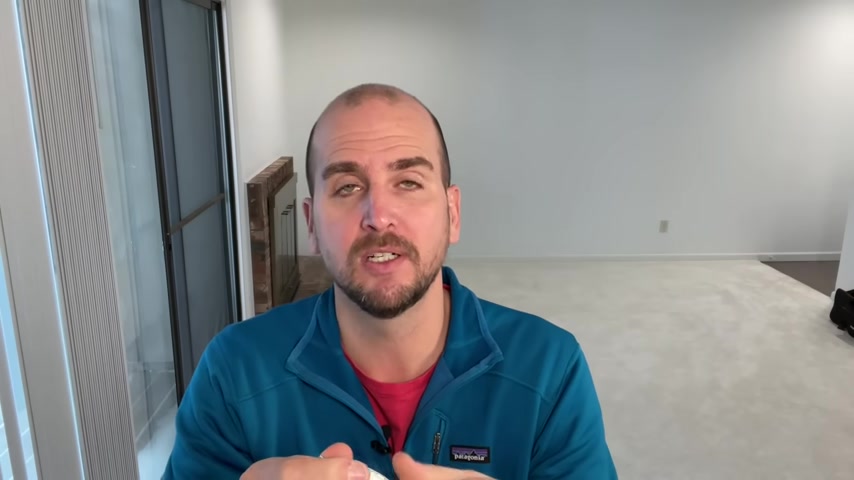
And from the hundreds or even thousands of comments that I have received from licensed electricians on my past videos .
And for one , thank you , thank you guys for giving feedback .
I really appreciate it and , and I'm trying to condense that down and then provide it back to the the viewers so we can all learn .
I do want to be clear that push ends are not against N E C or not against electrical code and are also certified by the underwriters lab or U L .
You'll see that little circle with the U L stamped on a lot of components that means that it's past the industry standard for safety and it has the certification of U L .
So push is not against code , not against safety certification , but from the professionals in the field .
And myself included not being a professional in terms of failure points .
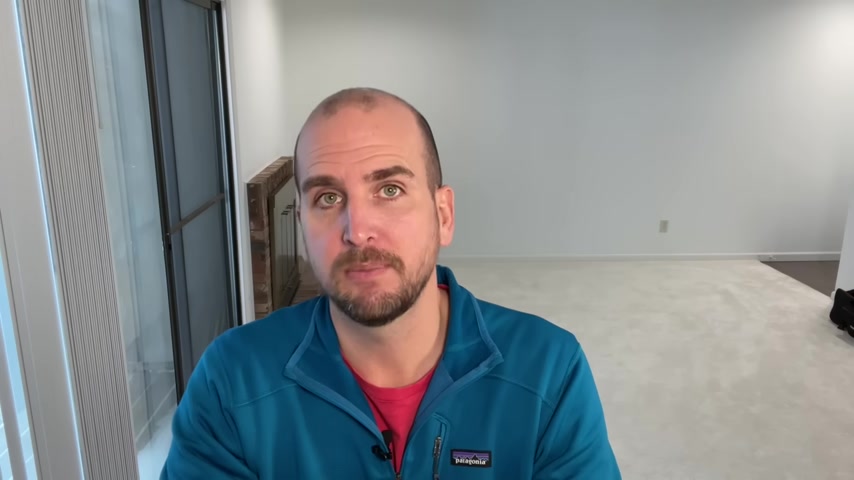
Push ins are more common as a source of failure opposed to a properly installed wire and AJ or shepherd hook underneath a screw terminal .
So that is the second of three mistakes that I found on this receptacle in the last one .
So you can see , I have three neutrals and three hots going into this receptacle .
Now , that is definitely not best practice .
This is a mistake that I've made in the past .
In fact , one of my former videos I put two hots and two neutrals in a back wire , so not push in a back wire terminal and , and people had asked why .
And then other professionals have said , hey , you should really do a pigtail .
So taking their advice , let me show you how to create a pigtail or remove that same receptacle that I got the feedback on and remove the two hots indicated by the red wires and two neutrals indicated by white wires .
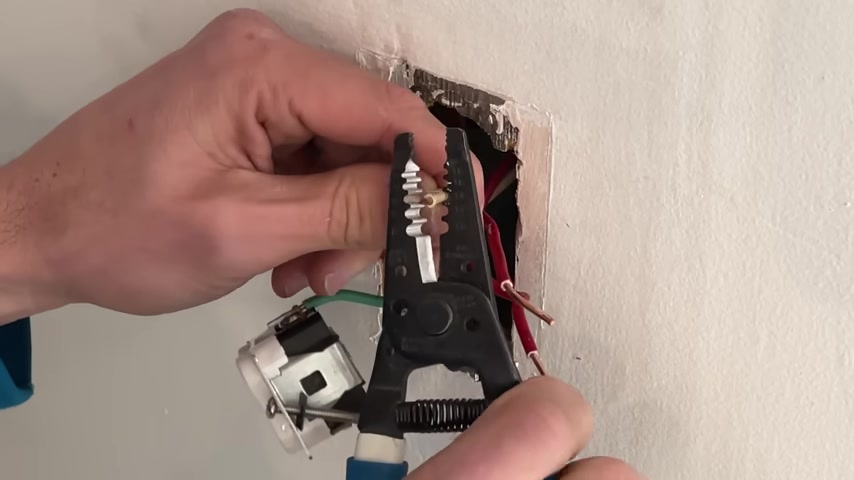
Now I'll go ahead and take a little more insulation off , getting ready to create the pigtail , take it off the hot side and off the neutral side .
Then I'll actually create pigtails that are more than six inches in length and then those will be twisted together with my other hots .
So I have a black indicating the pigtail hot coming together with the reds that are the hots wires coming in , twist those together with some heavy linesman's pliers or Clines and then trim off that edge , then introduce the wire , not tightening it down on that hot side and there's the PTA and I'll do the same over on the neutral .
So bringing together the three wires clockwise , rotation , twisting those together and then trim up that clean it up a little bit taken out of the way or not .
OK .
So now you have your pigtails .
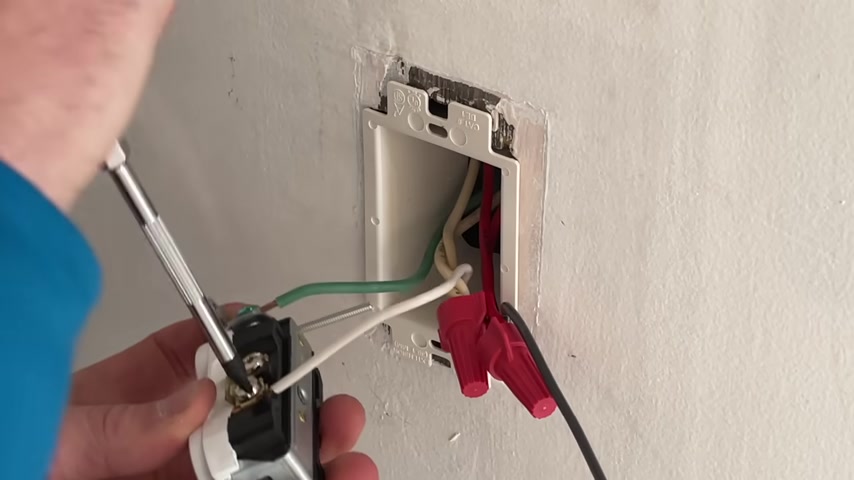
Additional feedback specifically on this install was to use that box extender because this is wood paneling and there was exposed wood paneling to the sides of the outlet and that is actually against code .
So I just put that box extender and now I'm wiring the pigtails into the back wire .
Again , these are not cushions , it's back wire because this is a commercial grade receptacle that has that .
So you tuck those wires back in and then you'll just have the three coming out .
This is again , 12 gauge , not 14 gauge .
So it's a little tougher to work with , but not too bad .
And then the boxing center does come with longer screws .
So I'll cinch those down , get my face plate back on and now we're good to go .
So that's how you create a pigtail .
And you can see that's a much better approach than this jumbled up mess here , you know , tie everything together back in the electrical box and have a six inch or more pigtail coming out one hot , one , neutral , one ground .
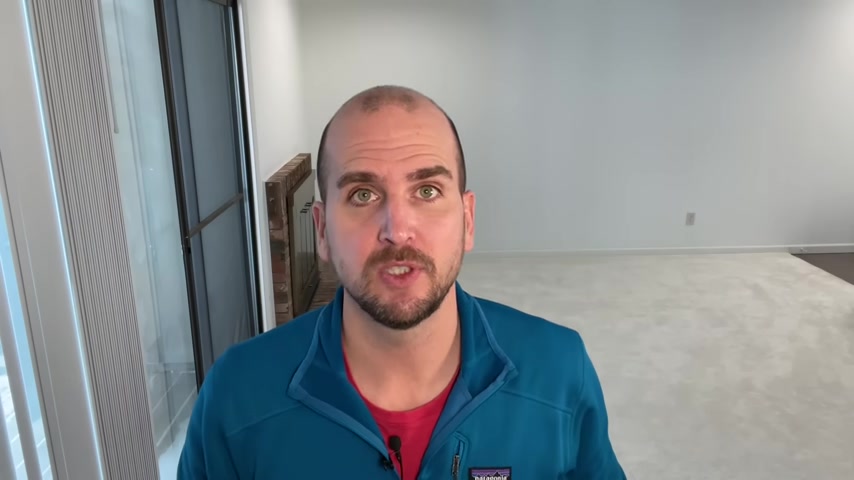
And it's just a much better approach as always get down in the comments .
Let me know what you guys think , what questions do you have .
Is there anything I missed ?
I always appreciate your feedback .
Now , this example was on a two year old house , newly built , passed all the inspections and had quote unquote professionals installing these receptacles .
So you can see there's a wide variety and it pays to educate yourself because no one's gonna care more about your project or your home than you with that said , if you're taking on electrical projects , be safe , it is up to you to , to work safely and also up to you to follow all local and national codes and regulations .
Now , before you take off , if you're not subscribed already , don't forget to hit the subscribe button down below as we have multiple videos coming out per week to help you with repairs and improvements around the house and we'll catch you on the next one .
Are you looking for a way to reach a wider audience and get more views on your videos?
Our innovative video to text transcribing service can help you do just that.
We provide accurate transcriptions of your videos along with visual content that will help you attract new viewers and keep them engaged. Plus, our data analytics and ad campaign tools can help you monetize your content and maximize your revenue.
Let's partner up and take your video content to the next level!
Contact us today to learn more.